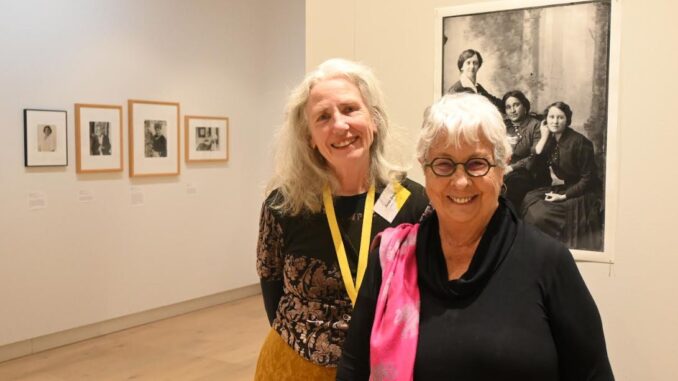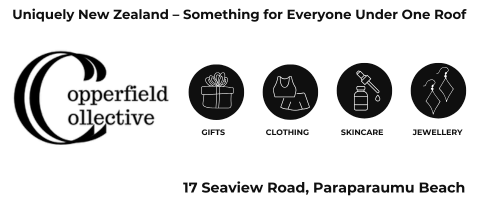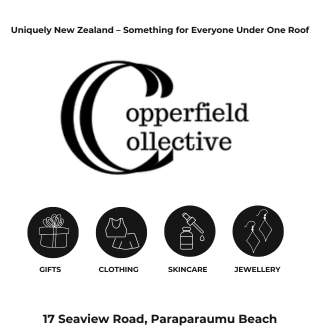
Photographs of Ōtaki women taken during the 110 years between 1860 and 1970 caught the eye of Toi MAHARA curator, Vicki Robson, during a visit to the Ōtaki Museum.
The result is a new exhibition at Toi MAHARA of photos that offer a remarkable glimpse of the social fabric of Ōtaki over the course of a hundred years.
The photos depict women from Māori, Pākehā and Chinese communities in Ōtaki, selected from a larger exhibition held in 1993 at Raukawa Marae, organised by the Ōtaki Historical Society to mark the centenary of Women’s Suffrage.
Most of the images have been copied from original prints belonging to families and descendants of the women depicted.
“The women are from all walks of life—farmers, doctors, weavers, nurses, composers, orators, midwives, teachers, missionaries, businesswomen and community leaders,” says Vicki Robson.
“They are strong and attractive photographs in themselves of interesting people and their history.
“Because they are portraits of the people who created Ōtaki and whose families are still, in many cases, living in the Ōtaki area, we are showing this exhibition in our Taonga Tuku Iho | Heritage Gallery.”
Among the portraits are those of Ōtaki women who signed the successful 1893 petition supporting women’s franchise which enabled them and many others to register on the general or Māori electoral rolls in advance of the general election of 1893.
Sixty-five percent of eligible women voted in that election, sweeping the Liberal Party led by Richard Seddon to power.
Vicki Robson says that Toi MAHARA has acknowledged the connection to the original suffrage exhibition but not made it the particular focus of the show.
Among the subjects of photographs are influential Māori women including Te Rangi Topeora, a rangatira (chieftainess) of Ngāti Toa and Ngāti Raukawa, known for her oratory, and waiata compositions.
Lucy Atareti Jacob served on committees for the Red Cross, Country Women’s Institute and the National Council of Women, and received an MBE for her service to these communities.
Families such as the Bevans, Carkeeks and Higgotts had their foundations in early Māori-Pākehā marriages. Their descendants are still residents of the Ōtaki district. Martha Isabell Bevan features in three photographs at different stages of her life.
Early European residents include Frances Simcox who farmed with her husband William Simcox at Forest Lakes. She is photographed with four generations of her family, notably her mother, missionary and teacher Elizabeth Colenso.
In the 20th century, English nurse Ethel Lewis was employed by the Native Nursing Service and became a much-loved practitioner in Ōtaki. Gertrude Atmore was a doctor in Ōtaki from 1921 until 1957 and mayoress (her husband Charles was Mayor) of Ōtaki Borough for several years.
Toi MAHARA is grateful to Ōtaki Heritage for the loan of the photographs for the exhibition.
The exhibition will run until 28 July.














































